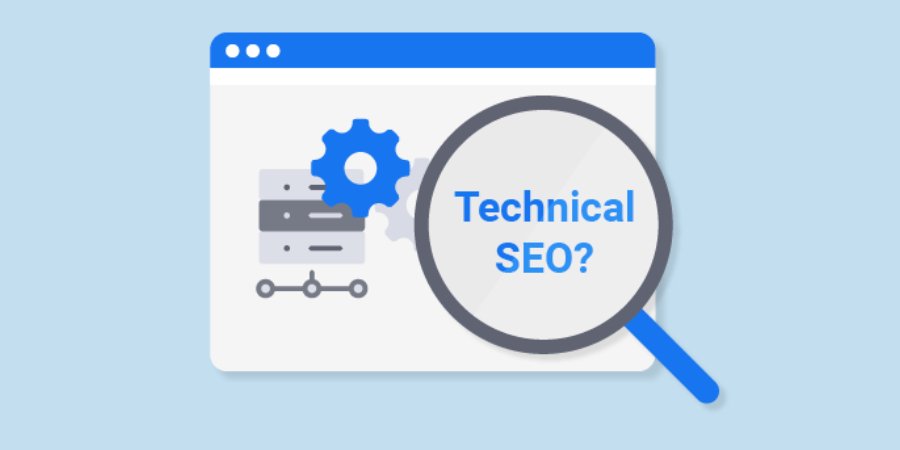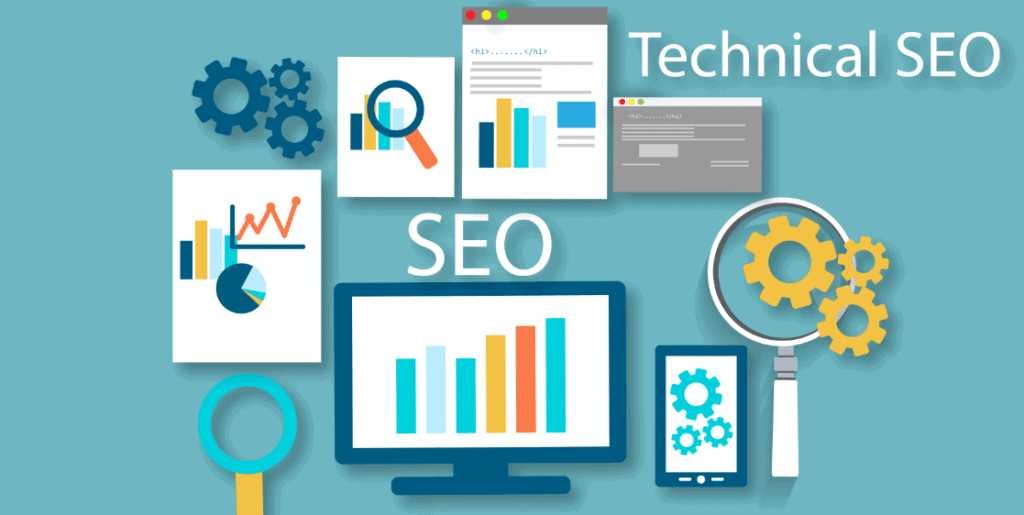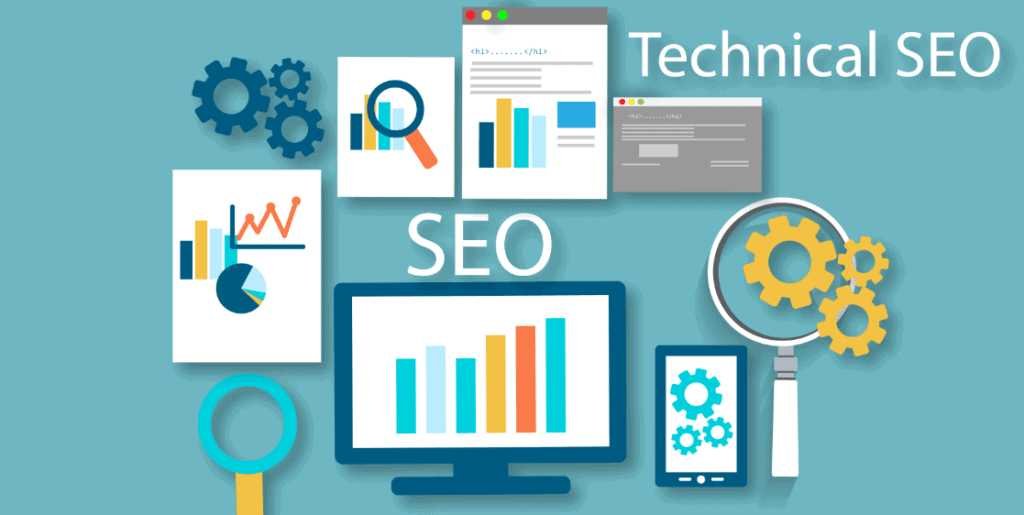Introduction:
In the vastness of the digital world that websites are competing to be noticed, Technical SEO emerges as the art of enchanting search engines and boost the standing of a site. In this in-depth guide, we take an exploration of the complex areas that comprise Technical SEO, unraveling the magic and spells that lift websites to new levels. In addition to the fundamentals, we delves into the mysteries of mobile responsiveness, crawlability and page speed, security and more.

1. Crawlability and Indexability: The Magic of Guiding Bots
The fundamentals for Technical SEO are laid in the obscure art of indexability and crawlability. The robots.txt file functions as a talisman that guides search engine robots through the maze of your website, while also safeguarding vulnerable areas. The ‘nofollow’ as well as ‘noindex directives, similar in a way to magical sigils provide control over the pages that are shown to the all-seeing eye of the search engine. They also determine the direction of your website in results of a search.
2. Site Structure Optimization: Crafting a Digital Symphony
Orchestrating a site’s structure is not just an arrangement of pages. It is an symphony that resonates both the users and robots that search for information. A well-balanced URL structure and as well as an XML sitemap that resonates throughout the digital corridors and breadcrumb navigation that acts like musical notes direct the route. This optimizer not only helps in users’ seamless navigation but also creates the sound of a sonnet to resonate with the algorithms of search engines.
3. Mobile Friendliness: A Dance Across Devices
In the dance of digital development mobile-friendlyness is the main on the stage. The mobile-friendly test, which is a mirror of a choreographer, displays the dancing of responsiveness across different devices. Making sure your website performs smoothly on tablets and smartphones is not just an artistic process, but an absolute requirement imposed by algorithms for search engines which make mobile-friendly one of the factors that determine the overall performance of rankings.
4. Page Speed Optimization: Racing Against the Sands of Time
In the fight against flimsy attention durations, page speed appears as the chariot which propels your website forward. Tools of the trade like Google PageSpeed Insights, turn into the hourglass, weighing the sands that make up load time. Condensing images, caching web browsers, and minimising scripts turn into the speedy horses that take your site towards the top of the line for top performance and greater positions.
5. Secure Your Website by implementing HTTPS: The Protective Armor against Digital Shadows
Security is the protective layer that protects your website from digital shadows. The transition to HTTPS isn’t just an extension of a protocol, but a change that encrypts all transactions between servers and users and creates a strong foundation of trust. For the search engine, HTTPS is a badge of honour, a sign that your site is a safe haven in the many complexities of the online world.

6. Structured Data Markup: The Art of Enchanting Search Results
In the magical web of results for search structured data markup appears as a magical ink that creates vivid images that search engines can use. Schema.org’s schema.org vocabulary is an artist’s palette, providing layers of context on your website. The result is large snippets of information of mystical creatures that stand out in results of a search, inviting viewers to take a look and discover.
7. Image Optimization: A Visual Elixir for SEO Elevation
Images aren’t just pixels, they are the food that feeds the eyes of users. Image optimization goes beyond alt text and compression. It’s an alchemical method that turns images to SEO gold. The descriptive file names are transformed into words, and alt text turns into enchantments rendering your images searchable to all users, and attractive to algorithms of search engines.
8. Addressing Duplicate Content: The Quest for SEO Purity
In the maze of algorithms for search engines duplicate content is an unsolvable problem. Canonical tags are the key to unravel the mystery and directing spiders to discover the nature the content. Regular content audits serve as guardians, assuring the integrity of your digital world every page has the same weight and authority.
9. Regular Monitoring and Maintenance: The Rituals of SEO Continuity
The path to Technical SEO is not a single invocation but a series of rituals that are performed under the watchful eyes of various tools such as Google Search Console and Google Analytics. Monitoring is the crystal ball, providing the root of crawl issues, broken links, and other irregularities. The urgency of addressing these issues isn’t just about maintenance; it’s the fuel that keeps the enthralling machine of your site at a constant pace.
Conclusion: Embracing the Art and Science of Technical SEO Mastery

As we wrap up this amazing exploration of the complexities of Technical SEO, it’s apparent that it’s an art and science, an all-natural fusion of creativity, strategy and continual change. When you implement these enthralling best practices, you can not just improve your site’s ranking on search engines, but also create a compelling story that attracts both algorithms and users alike. The road toward Technical SEO mastery is not an endpoint, but rather a continual adventure, and you must have a thorough grasp of the ever-changing digital landscape. As you continue to master the power of SEO, might your site rise to new heights, serving as a proof of the power in Technical SEO mastery.



